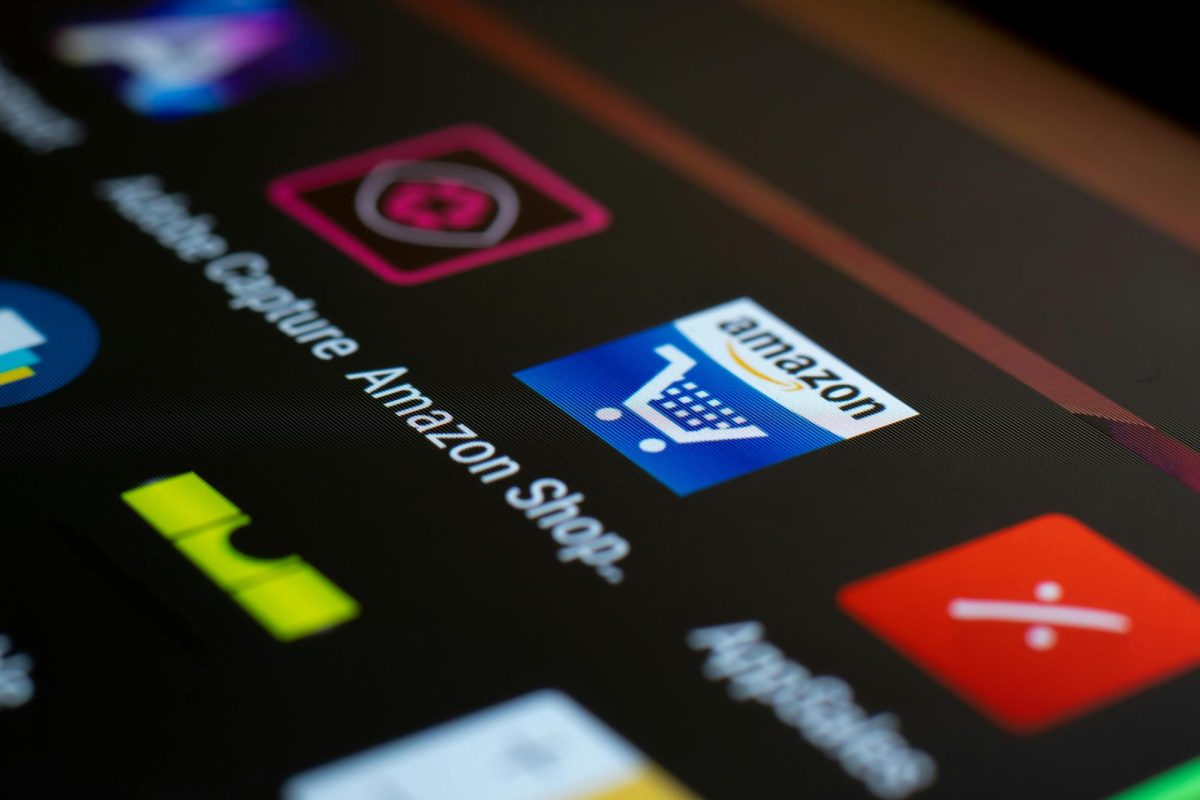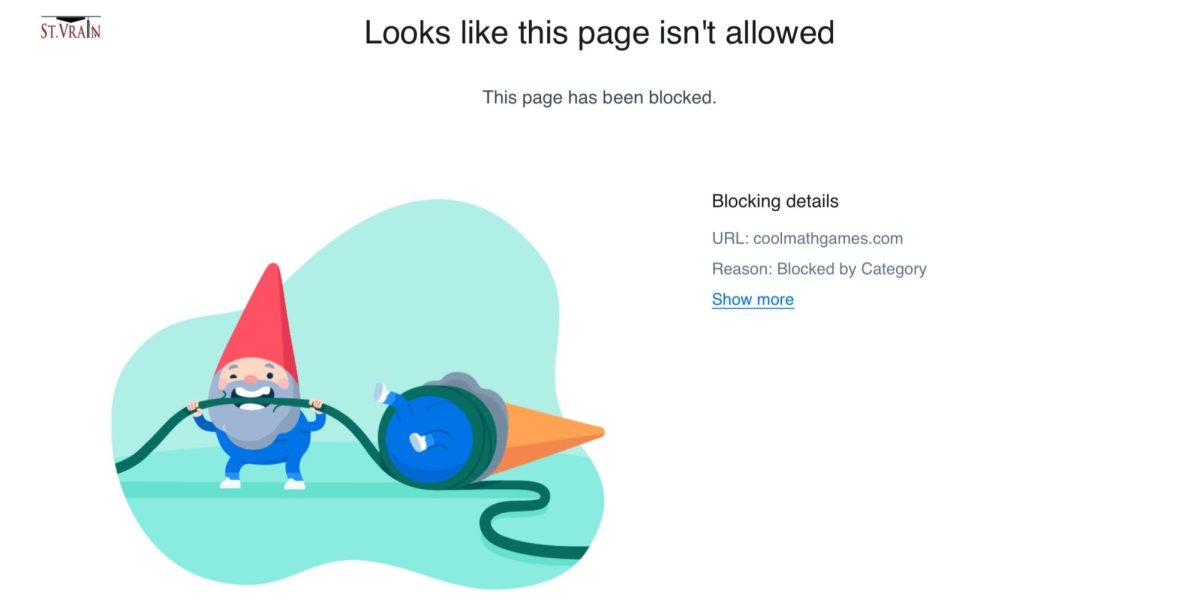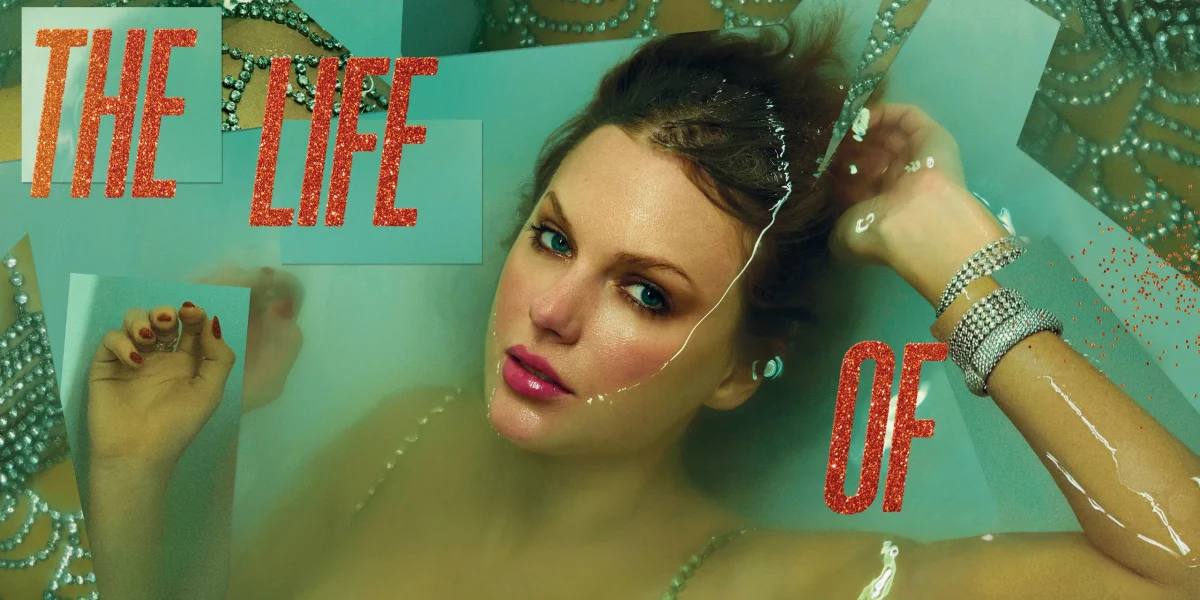Is It Really Worth It?
The truth behind animal testing
Pixabay, Labeled for Reuse
November 21, 2019
Although using animals to test cosmetics, drugs, and other consumer products kicked off in 1938, it is beginning to become more and more frowned upon. Those who support this practice claim that it is the only way to truly test the safety of these products. However, with the science and technology that we have today, it is no longer necessary to go to these extreme measures of harm.
Some might bring up the fact that a variety of cures and treatments have come from animal testing, but the consequences that the animals face are not worth it. Within the labs, they are frequently deprived of food and water, forcefully moved around, and wounded in order to observe the healing processes. The animals can also be subjected to “killing by carbon dioxide asphyxiation, neck-breaking, decapitation, or other means,” explained by Humane Society International.
The good news is that there is plenty of alternatives to this testing, some of it is even more accurate. One example is testing cells in Petri Dishes and is even more precise than animal testing because human cells can be used. There is also a practice called Microdosing, where amounts too small to do any real damage to the volunteer’s body can be applied and then observed. Artificial skin is another substitute for animal testing.
Overall, most arguments for animal testing can be contradicted by arguments against it. If you say that animals are the most sufficient test subjects because they are “similar to humans”, to that I will ask; “Aren’t human cells even more similar?” If a continued argument said that the animals are protected by laws, you will be met with the fact that 95% of animals used in testing are not protected under these laws.
This is a quite controversial topic, but there is one easy answer. It is unnecessary to put animals in harm’s way so that you can put makeup on your face.
















































